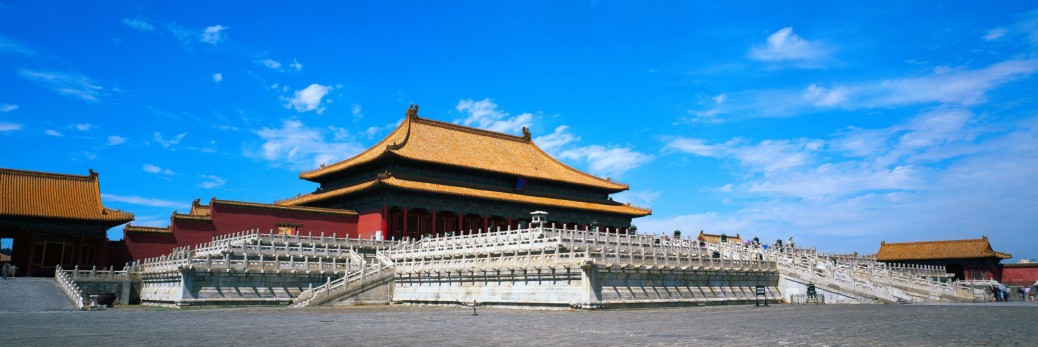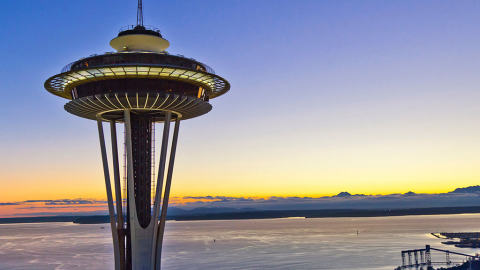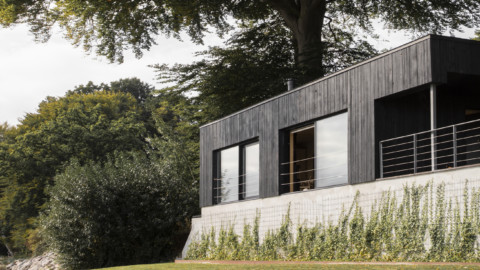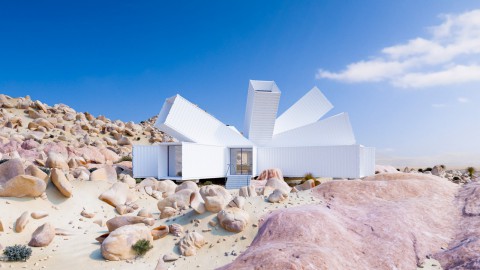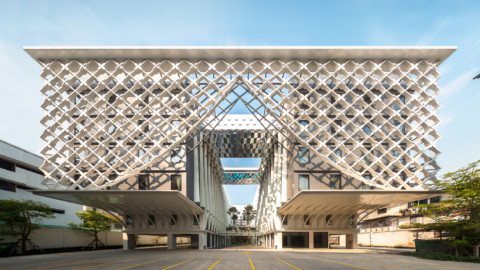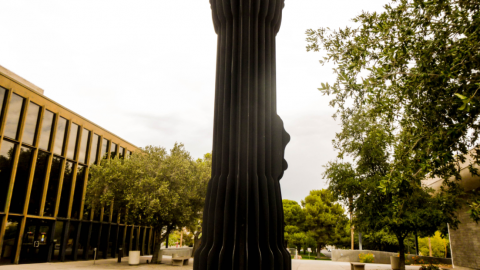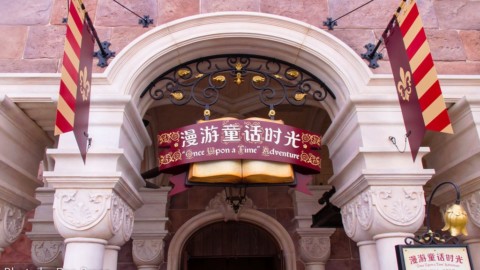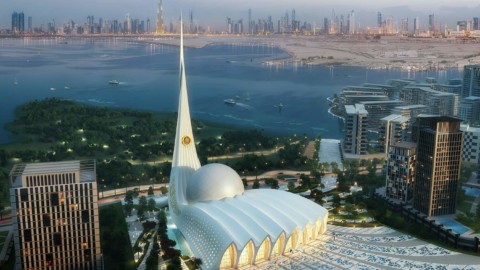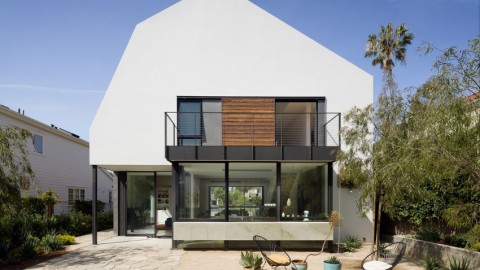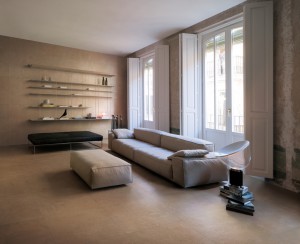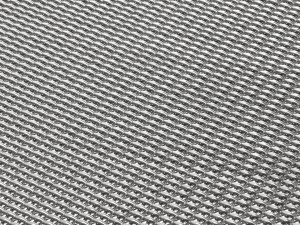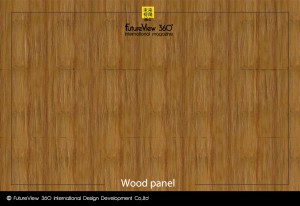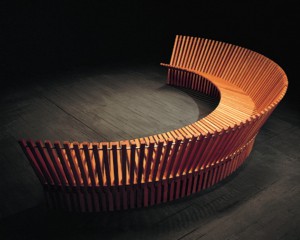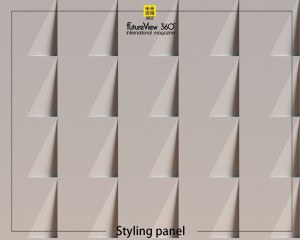Forbidden City 故宮紫禁城

The Forbidden City is a palace complex in central Beijing, China. The former Chinese imperial palace from the Ming dynasty to the end of the Qing dynasty (the years 1420 to 1912), it now houses the Palace Museum. The Forbidden City served as the home of emperors and their households as well as the ceremonial and political center of Chinese government for almost 500 years.
Constructed from 1406 to 1420, the complex consists of 980 buildings and covers 72 hectares (over 180 acres). The palace exemplifies traditional Chinese palatial architecture, and has influenced cultural and architectural developments in East Asia and elsewhere. The Forbidden City was declared a World Heritage Site in 1987, and is listed by UNESCO as the largest collection of preserved ancient wooden structures in the world.
Since 1925, the Forbidden City has been under the charge of the Palace Museum, whose extensive collection of artwork and artifacts were built upon the imperial collections of the Ming and Qing dynasties. Part of the museum’s former collection is now in the National Palace Museum in Taipei. Both museums descend from the same institution, but were split after the Chinese Civil War. Since 2012, the Forbidden City has seen an average of 15 million visitors annually, and received more than 16 million visitors in 2016 and 2017.
紫禁城是中國北京市中心的宮殿建築群。這座前中國皇宮從明朝到清末(1420年至1912年),現在都是故宮博物館。近500年來,紫禁城一直是皇帝及其家庭的所在地,也是中國政府的禮儀和政治中心。
該建築群建於1406年至1420年,由980幢建築組成,佔地72公頃(超過180英畝)。這座宮殿體現了中國傳統的富麗堂皇的建築風格,影響了東亞和其他地區的文化和建築發展。紫禁城於1987年被宣佈為世界遺產,被聯合國教科文組織列為世界上最大的古代木結構建築群。
自1925年以來,紫禁城一直由故宮博物院負責,故宮博物館收藏了大量的藝術品和文物,建於明清兩代皇室收藏品之上。博物館的前藏品部分現在位於台北國立故宮博物院。兩個博物館都來自同一個機構,但在中國內戰後分裂。自2012年以來,紫禁城每年平均有1500萬遊客,2016年和2017年接待遊客超過1600萬。
Established:1925
Location:4 Jingshan Front St, Dongcheng, Beijing, China
Coordinates:39.915987°N 116.397925°ECoordinates: 39.915987°N 116.397925°E
Type:Art museum, Imperial Palace, Historic site
Visitors:16.7 million
Ranking:1st globally
Curator:Shan Jixiang (单霁翔)
Built:1406–1420
Architect:Kuai Xiang
Architectural style(s):Chinese architecture
成立時間:1925年
地點:中國北京市東城景山前街4號
坐標:39.915987°N 116.397925°ECoordinates:39.915987°N 116.397925°E
類型:藝術博物館,皇宮,歷史遺址
參觀者:1670萬
策展人:單吉祥(單霽翔)
內置:1406至20年
建築師:Ku翔
建築風格:中國建築
Building
The Forbidden City is 961 meters long from north to south, 753 meters wide from east to west, with a wall of 10 meters high on all sides, and a moat with a width of 52 meters outside the city. It is really a solid foundation of Jincheng Tangchi. There are four gates in the Forbidden City, the Wumen Gate in the south, the Shenwu Gate in the north, the Donghua Gate in the east and the Xihua Gate in the west. The four corners of the city wall each have a graceful turret. The folks have seventy-two pillars and eighteen pillars, describing the complexity of its structure. The buildings in the Forbidden City are divided into two parts: the outer dynasty and the inner court. The center of the outer dynasty is the Taihe Temple, the Zhonghe Temple, and the Baohe Temple. They are collectively referred to as the Three Great Halls and are the place where the state holds a grand ceremony. The left and right wings of the three main halls are complemented by two buildings of Wenhua Hall and Wuying Hall. The center of the inner court is the Qianqing Palace, the Jiaotai Hall, and the Kunning Palace, collectively known as the Housan Palace. It is the main palace where the emperor and the empress lived. It was followed by the Royal Garden. On the two sides of the Housan Palace, there are East and West Sixth Palaces, which are the places where we live and rest. On the east side of the East Sixth Palace is the Buddhist temple building such as the Tianzhu Temple, and the west side of the West Sixth Palace is the Buddhist temple building such as the Zhongzheng Hall. In addition to the outer dynasty and the inner court, there are two parts of the outer east road and the outer west road.
建築
紫禁城南北長961米,東西寬753米,四面圍有高10米的城牆,城外有寬52米的護城河,真可謂有金城湯池之固。紫禁城有四座城門,南面為午門,北面為神武門,東面為東華門,西面為西華門。城牆的四角,各有一座風姿綽約的角樓,民間有九梁十八柱七十二條脊之說,形容其結構的複雜。紫禁城內的建築分為外朝和內廷兩部分。外朝的中心為太和殿、中和殿、保和殿,統稱三大殿,是國家舉行大典禮的地方。三大殿左右兩翼輔以文華殿、武英殿兩組建築。內廷的中心是乾清宮、交泰殿、坤寧宮,統稱後三宮,是皇帝和皇后居住的正宮。其後為御花園。後三宮兩側排列著東、西六宮,是后妃們居住休息的地方。東六宮東側是天穹寶殿等佛堂建築,西六宮西側是中正殿等佛堂建築。外朝、內廷之外還有外東路、外西路兩部分建築。
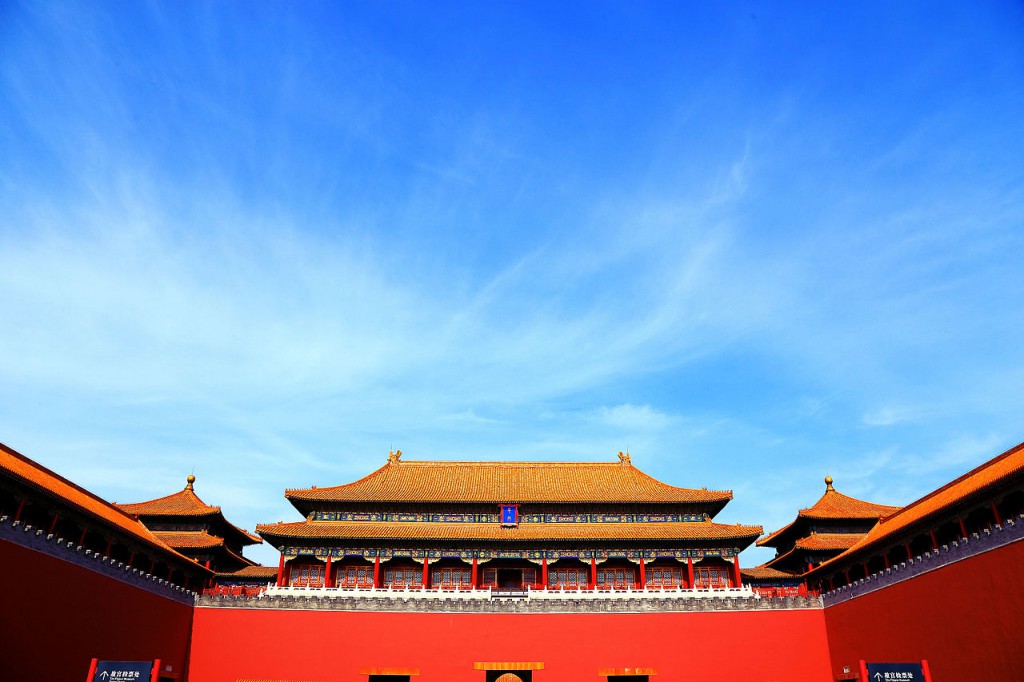
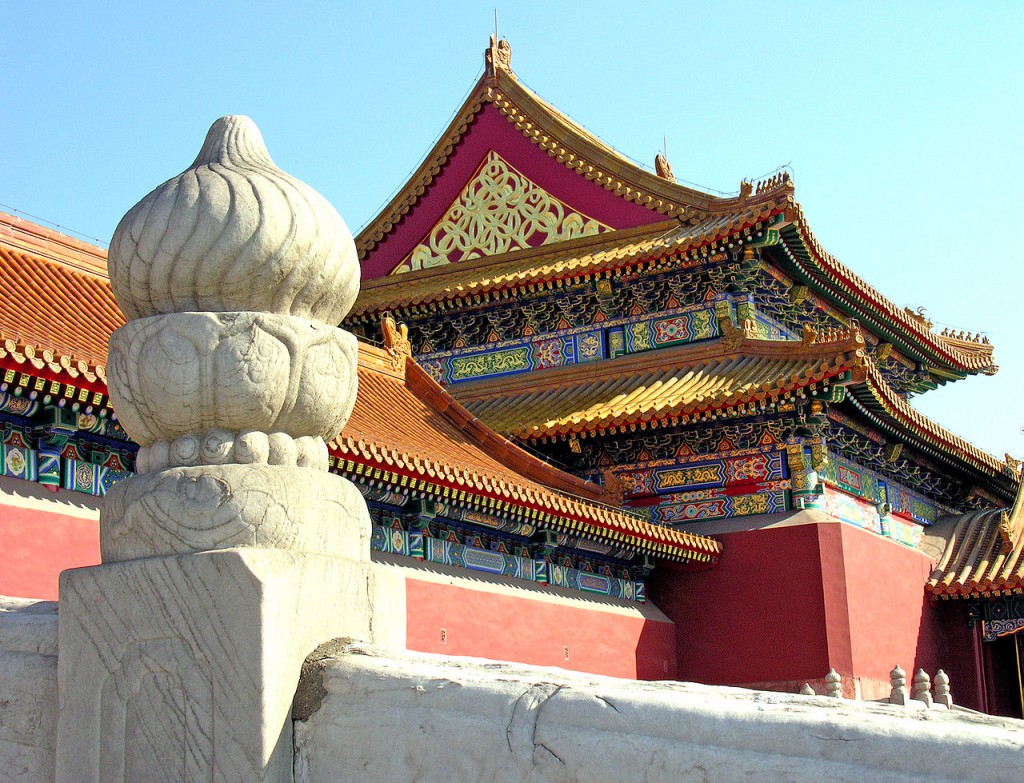
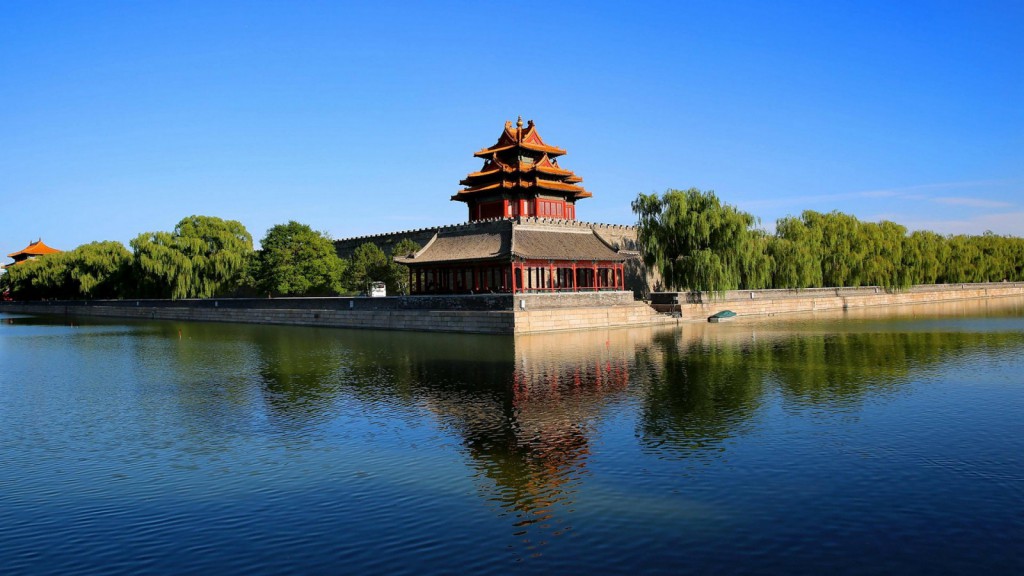
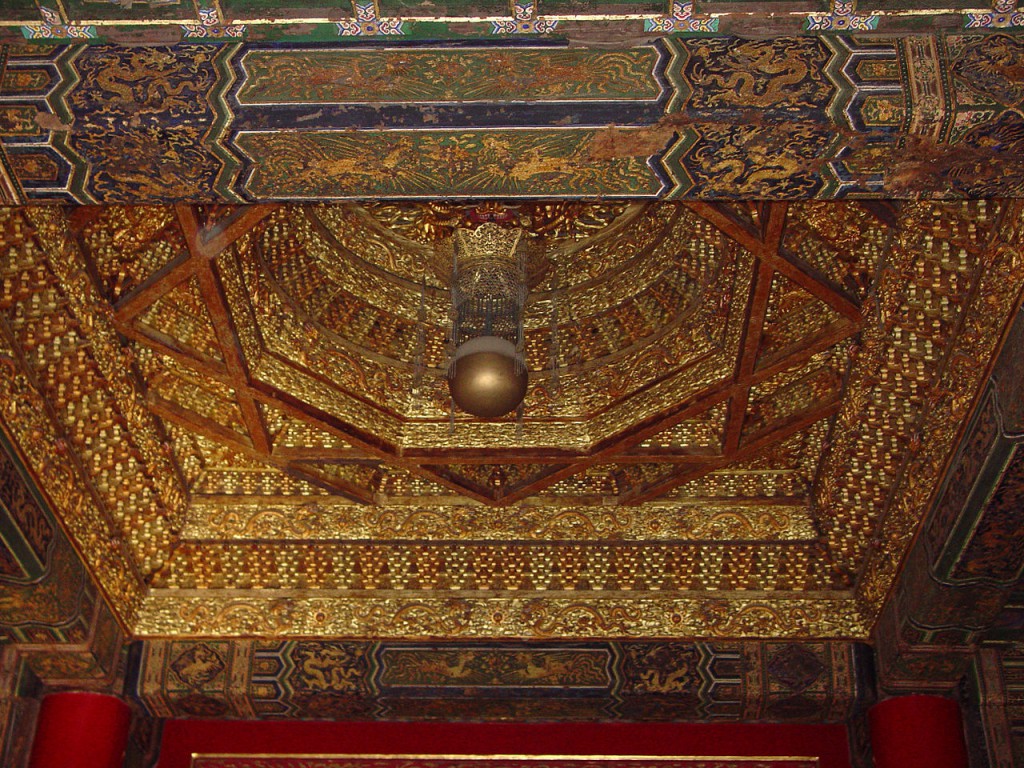
Symbolism
The design of the Forbidden City, from its overall layout to the smallest detail, was meticulously planned to reflect philosophical and religious principles, and above all to symbolise the majesty of Imperial power. Some noted examples of symbolic designs include:
Yellow is the color of the Emperor. Thus almost all roofs in the Forbidden City bear yellow glazed tiles. There are only two exceptions. The library at the Pavilion of Literary Profundity (文渊阁) had black tiles because black was associated with water, and thus fire-prevention. Similarly, the Crown Prince’s residences have green tiles because green was associated with wood, and thus growth.
The main halls of the Outer and Inner courts are all arranged in groups of three – the shape of the Qian triagram, representing Heaven. The residences of the Inner Court on the other hand are arranged in groups of six – the shape of the Kun triagram, representing the Earth.
The sloping ridges of building roofs are decorated with a line of statuettes led by a man riding a phoenix and followed by an imperial dragon. The number of statuettes represents the status of the building – a minor building might have 3 or 5. The Hall of Supreme Harmony has 10, the only building in the country to be permitted this in Imperial times. As a result, its 10th statuette, called a “Hangshi”, or “ranked tenth” (Chinese: 行十; pinyin: Hángshí), is also unique in the Forbidden City.
The layout of buildings follows ancient customs laid down in the Classic of Rites. Thus, ancestral temples are in front of the palace. Storage areas are placed in the front part of the palace complex, and residences in the back.
象徵
紫禁城的設計,從其整體佈局到最小的細節,都經過精心策劃,以反映哲學和宗教原則,最重要的是像徵著帝國權力的威嚴。一些著名的符號設計示例包括:
黃色是皇帝的顏色。因此,紫禁城的幾乎所有屋頂都有黃色琉璃瓦。只有兩個例外。文淵閣(Pavilion of Literary Profundity)的圖書館有黑色瓷磚,因為黑色與水有關,因而防火。同樣,皇太子的住宅也有綠色瓷磚,因為綠色與木材有關,因而也有增長。
外院和內院的主殿都是三個一組的 – 錢三角形的形狀,代表天堂。另一方面,內院的住宅以六個為一組排列 – 代表地球的昆蟲三角星的形狀。
建築屋頂傾斜的山脊上裝飾著一排小雕像,由一名騎著鳳凰的人帶領,後面是一條帝王龍。小雕像的數量代表建築物的狀態 – 一座小型建築可能有3或5座。太和殿有10座,是帝國時代唯一允許這樣建築的建築。因此,它的第10個小雕像,稱為“Hangshi”,或“排名第十”(中文:行十;拼音:Hángshí),在紫禁城中也是獨一無二的。
建築佈局遵循禮儀經典中規定的古老習俗。因此,祖先的寺廟就在宮殿前面。存儲區域位於宮殿建築群的前部,後部是住宅區。

Collections
The collections of the Palace Museum are based on the Qing imperial collection. According to the results of a 1925 audit, some 1.17 million pieces of art were stored in the Forbidden City. In addition, the imperial libraries housed a large collection of rare books and historical documents, including government documents of the Ming and Qing dynasties.
From 1933, the threat of Japanese invasion forced the evacuation of the most important parts of the Museum’s collection. After the end of World War II, this collection was returned to Nanjing. However, with the Communists’ victory imminent in the Chinese Civil War, the Nationalist government decided to ship the pick of this collection to Taiwan. Of the 13,491 boxes of evacuated artefacts, 2,972 boxes are now housed in the National Palace Museum in Taipei. More than 8,000 boxes were returned to Beijing, but 2,221 boxes remain today in storage under the charge of the Nanjing Museum.
After 1949, the Museum conducted a new audit as well as a thorough search of the Forbidden City, uncovering a number of important items. In addition, the government moved items from other museums around the country to replenish the Palace Museum’s collection. It also purchased and received donations from the public.
Today, there are over a million rare and valuable works of art in the permanent collection of the Palace Museum, including paintings, ceramics, seals, steles, sculptures, inscribed wares, bronze wares, enamel objects, etc. A new inventory of the Museum’s collections was conducted between 2004 and 2010. Subsequently, the Palace Museum was shown to hold a total of 1,807,558 artefacts and includes 1,684,490 items designated as nationally protected “valuable cultural relics.” At the end of 2016, the Palace Museum held a press conference, announcing that 55,132 previously unlisted items had been discovered in an inventory check carried out from 2014 to 2016. The total number of items in the Palace Museum collection is presently at 1,862,690 objects.
收藏
故宮博物館的藏品以清朝皇室收藏為基礎。根據1925年的審計結果,紫禁城裡儲存了大約117萬件藝術品。此外,皇家圖書館收藏了大量珍本書籍和歷史文獻,包括明清兩代的政府文件。
從1933年開始,日本入侵的威脅迫使撤離博物館藏品中最重要的部分。第二次世界大戰結束後,這個收藏品被送回南京。然而,隨著共產黨人在中國內戰中的勝利,國民政府決定將這一集合的選擇權運往台灣。在13491箱撤離的文物中,目前有2,972箱在台北國立故宮博物館內。北京有超過8,000箱返回北京,但在南京博物館的負責下,目前仍有2,221箱。
1949年後,博物館進行了新的審計,並對紫禁城進行了徹底的搜索,揭示了一些重要的物品。此外,政府還從全國各地的其他博物館搬運物品,以補充故宮博物館的藏品。它還購買並收到了公眾的捐款。
今天,故宮博物館的永久藏品中有超過一百萬件稀有珍貴的藝術品,包括繪畫,陶瓷,印章,石碑,雕塑,銘文,青銅器,琺瑯物等。新的博物館庫存收藏於2004年至2010年期間進行。隨後,故宮博物院共收藏了1,807,558件文物,其中包括1,684,490件被指定為受國家保護的“珍貴文物”。在2016年底,故宮博物館舉行了新聞發布會,宣佈在2014年至2016年期間進行的庫存檢查中發現了55,132件以前未上市的物品。目前,故宮博物館收藏的物品總數為1,862,690件。
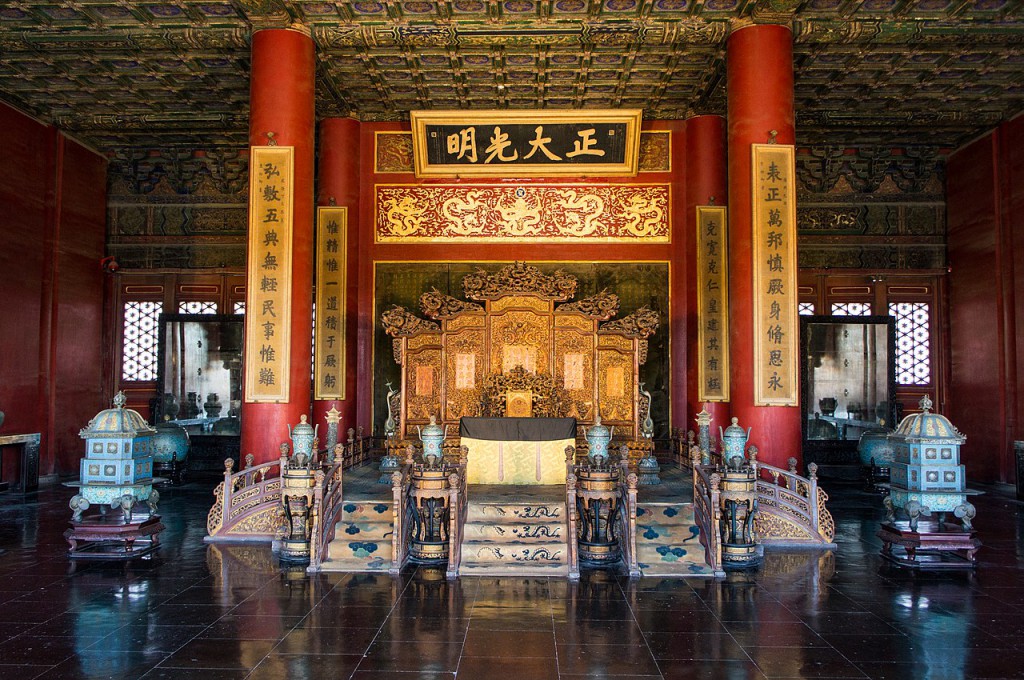
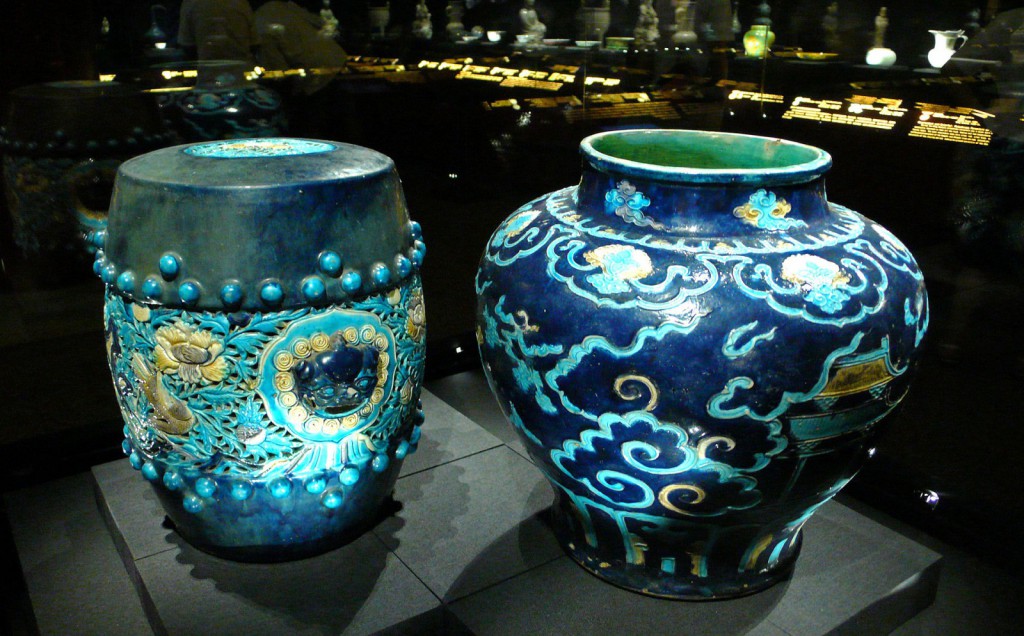
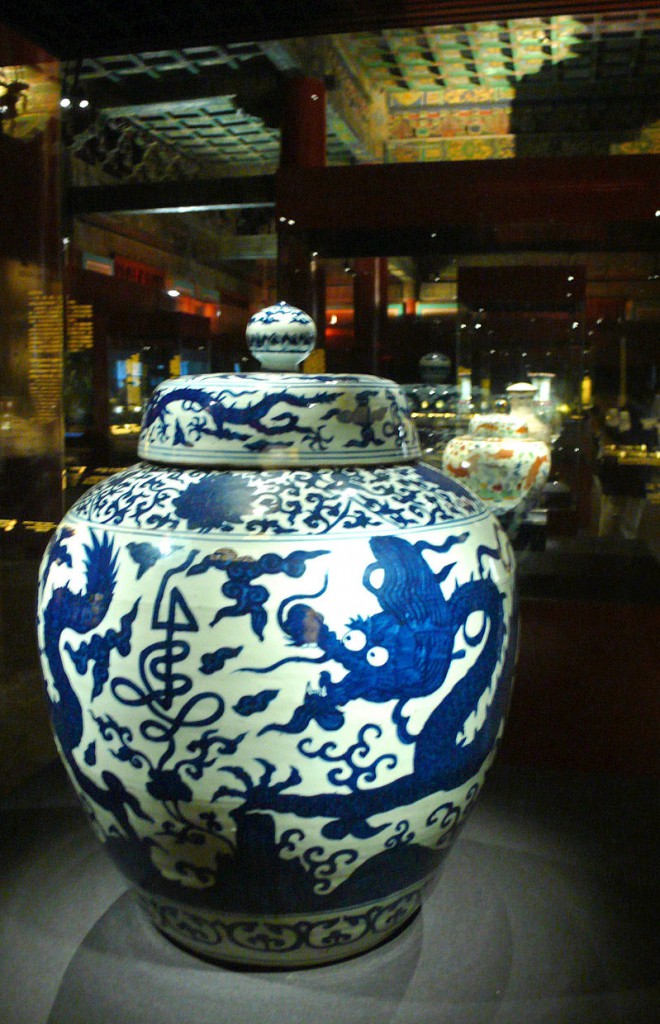
FROM:Forbidden City, Beijing, China in 4K (Ultra HD)
FROM:Forbidden City | Chinese imperial palace (Hello China #48)
Don’t you think it’s addictive?
Want to know more about the beauty of architecture?
Come and join our members to explore the beauty of architectural design.
覺得看得不過癮嗎?
想要知道更多建築之美嗎?
快來加入我們的會員,一同探索建築設計之美。
The above article is purely for appreciation and sharing purposes, as well as the construction of new technology and the public can be in-depth understanding of the information at the same time there are sources, will be able to query, no use of the document as a commercial transaction, if illegal, please inform the We will immediately remove the site, thank you for cooperation.
以上文章純粹作為欣賞及分享用途,以及將建築新型技術傳遞給與大眾能夠深入了解,同時資料還有來源,將可查詢,絕無使用該文件資料作為商業交易行為,如有違法請務必告知該網站我們將立即處理撤除,謝謝合作。

